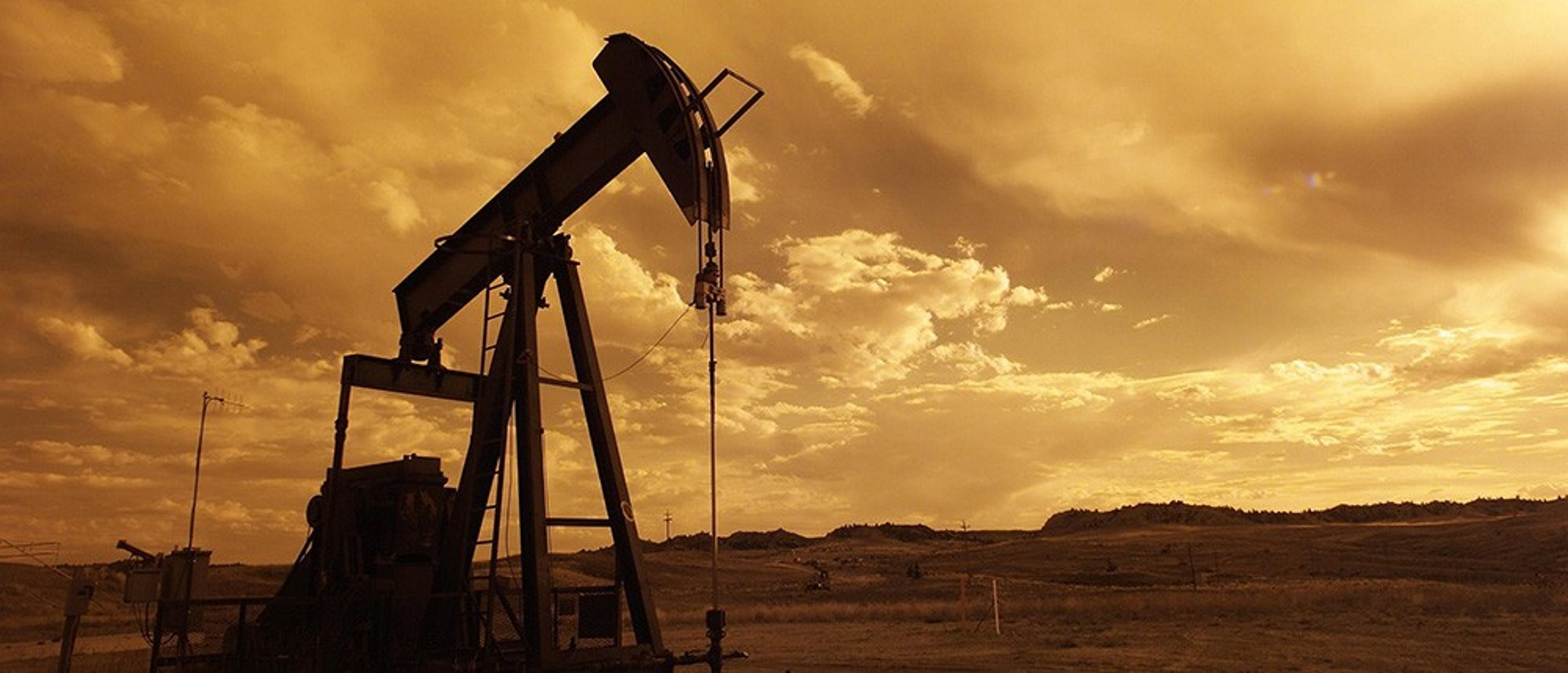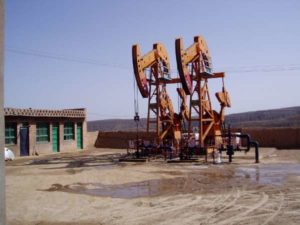 Hydro Carbon Wells produce a mixture of oil, gas and water. The ratio in between varys a lot. Some produce mainly oil, some mainly gas with so-called condensate and only traces of oil. The longer the well is worked on, the higher is the ratio of water being delivered with the oil or gas. This can reach up to 95%.
Hydro Carbon Wells produce a mixture of oil, gas and water. The ratio in between varys a lot. Some produce mainly oil, some mainly gas with so-called condensate and only traces of oil. The longer the well is worked on, the higher is the ratio of water being delivered with the oil or gas. This can reach up to 95%.
We distinguish three major types of wells:
- Self-flowing Wells – Due to a natural overpressure in the reservoir the oil flows out without effort.
- Wells with a gas lift – Gas is led into the well to increase the pressure and flow.
- Pumped Wells – A mechanical or electrical pump brings up the oil.
All three of them share certain problems. First of all, waxing is a problem, depending on the quality of the crude and steel. Equally troublesome is corrosion and fouling, as well as deposits in the pipes. This happens if the crude itself brings impurities into the system.
These issues cause a high cleaning effort. For the regular service, the production is stopped. For the mechanical cleaning, a wire cable is let down the tubing several times to get rid of all the wax and other build-up.
What produces costs is not only the service itself but also the business interruption and material for the cleaning.
Reducing service effort with Merus
A) Merus Downhole Tool
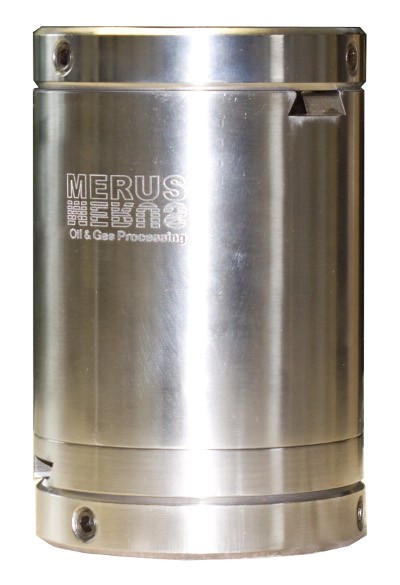 To provide the ideal solution around oil and gas wells we have developed the „Merus Downhole Tool“. It is specially designed to be brought down the well around the piping. This is scheduled according to the regular service plan. The design allows us to install the device without damaging the tubing. A huge benefit is that there are no restrictions in terms of flow or effects on the stability of the pipe.
To provide the ideal solution around oil and gas wells we have developed the „Merus Downhole Tool“. It is specially designed to be brought down the well around the piping. This is scheduled according to the regular service plan. The design allows us to install the device without damaging the tubing. A huge benefit is that there are no restrictions in terms of flow or effects on the stability of the pipe.
It serves as a shell for a special Merus Ring made of pure silver. This is more expensive than our usual aluminum rings but is much more effective. In order to treat the whole oil well and considering the limited volume inside the Downhole Tool, this is necessary. The silver is protected inside its shell and therefore there is no contact between silver and crude.
Existing installations show that there is less waxing and corrosion after installing a Merus Ring with the Downhole Tool. Up to today, we have equipped around 300 oil wells with this technology.
B) Equipping the Gas Lift Line
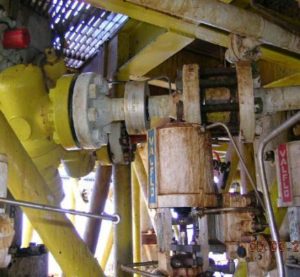
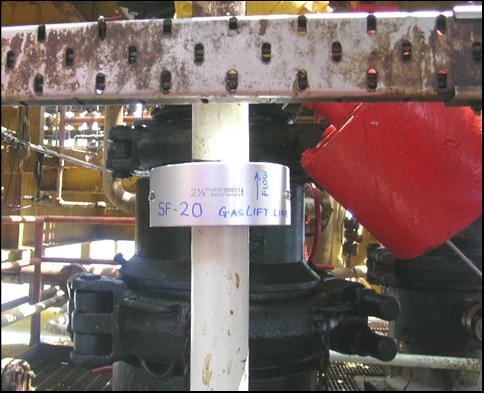 This is an elegant method to treat the whole system of the well. Here we install a Merus Ring at the pipeline leading the gas down into the well. As briefly described above the gas is lighter than oil and thus lifts the crude in the well to increase the flow.
This is an elegant method to treat the whole system of the well. Here we install a Merus Ring at the pipeline leading the gas down into the well. As briefly described above the gas is lighter than oil and thus lifts the crude in the well to increase the flow.
The Merus Ring is installed at the injection gas line. This gas is usually not pure but has traces of humidity in it. It carries the Merus Oscillations all the way down into the well which also affects the crude. Our experience shows that approx. 20 ppm liquid in the gas are sufficient to receive the intended effect.
As a result, similar to the Downhole Tool, waxing in the tubing was reduced significantly. In some cases, we have data showing that after the installation the amount of emulsion decreased.
Saving operating costs
Just to make an example: if a well has to be cleaned every 3 weeks after the Merus installation, where it was necessary every two weeks before, the savings are tremendous. Relevant factors for the calculation are costs for manpower, equipment and loss due to downtimes.
Reducing corrosion in the tubing enhances its lifetime which is reducing maintenance costs. To mention an ideal example: here the lifetime of the tubing could be doubled from 8 to at least 16 months. Especially offshore cleaning is costly and its reduction is an important benefit.

